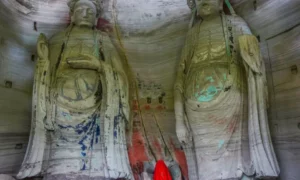The Cliff Sculptures of Mingshan Temple are a remarkable collection of ancient Buddhist rock carvings. They are located in Sichuan Province, China, and are part of the larger Dazu Rock Carvings. These sculptures date back to the 9th century and are a testament to the religious and artistic achievements of the Tang and Song dynasties. The site was inscribed as a UNESCO World Heritage Site in 1999, highlighting its cultural significance and exceptional craftsmanship.
Religious Structures

Gondeshwar Temple
The Gondeshwar Temple stands as a testament to the architectural prowess of ancient India. Located in Sinnar, Maharashtra, this temple is a prime example of the Hemadpanthi style of architecture, named after its creator, Hemadri, also known as Hemadpant. Dedicated to Lord Shiva, it is renowned for its intricate carvings and stone construction. The temple complex is a significant historical and cultural landmark, reflecting the religious fervor and artistic skills of the time.
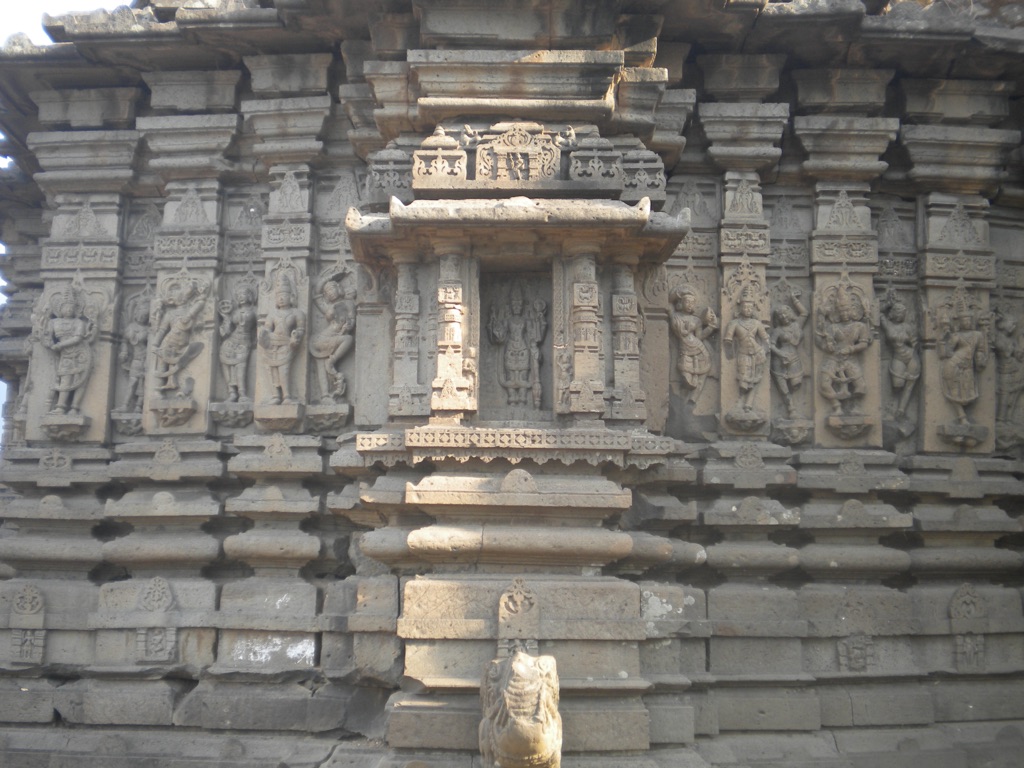
The Kedareshwar Temple
The Kedareshwar Temple, a historical marvel, stands as a testament to ancient Indian architecture and spirituality. Nestled in the Sahyadri range of the Western Ghats, it is part of the Harishchandragad fort complex in Maharashtra, India. This temple is renowned for its monolithic Shiva Linga, which is surrounded by water. The structure’s age and the elements have given it a mystical aura, attracting both devotees and history enthusiasts alike.
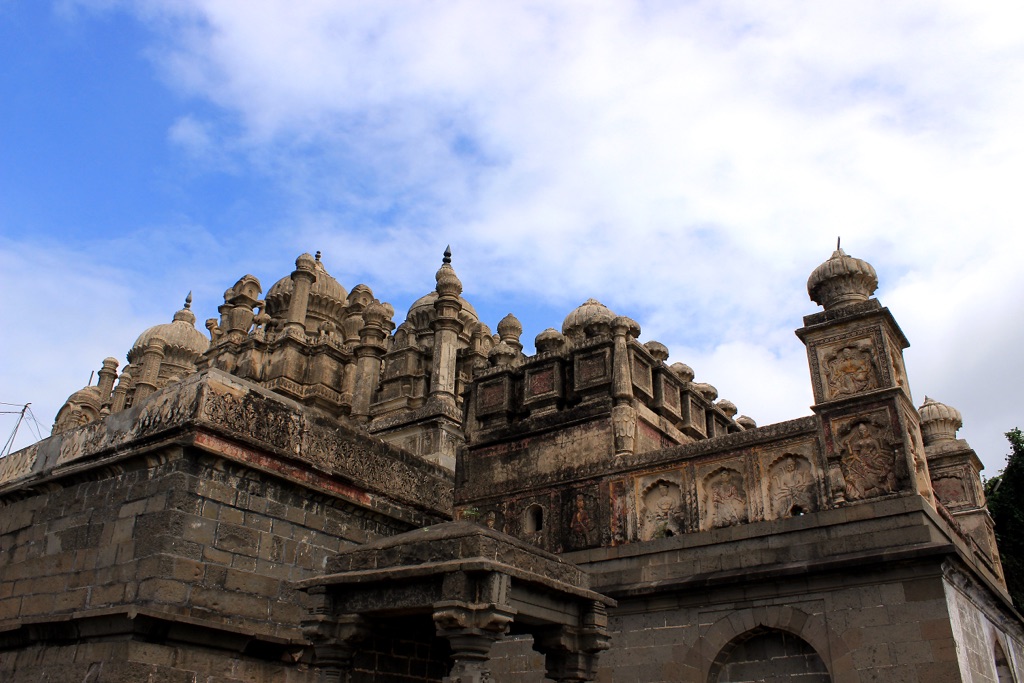
Bhuleshwar Temple
The Bhuleshwar Temple is a historic Hindu temple dedicated to Lord Shiva. It stands majestically on a hill in the Pune district of Maharashtra, India. Known for its exquisite carvings and unique architecture, the temple dates back to the 13th century. It is a fine example of the medieval period’s architectural prowess. The temple’s location provides a panoramic view of the surrounding countryside, which adds to its allure and mystique. Over the years, Bhuleshwar has attracted not only devotees but also history enthusiasts and art lovers.
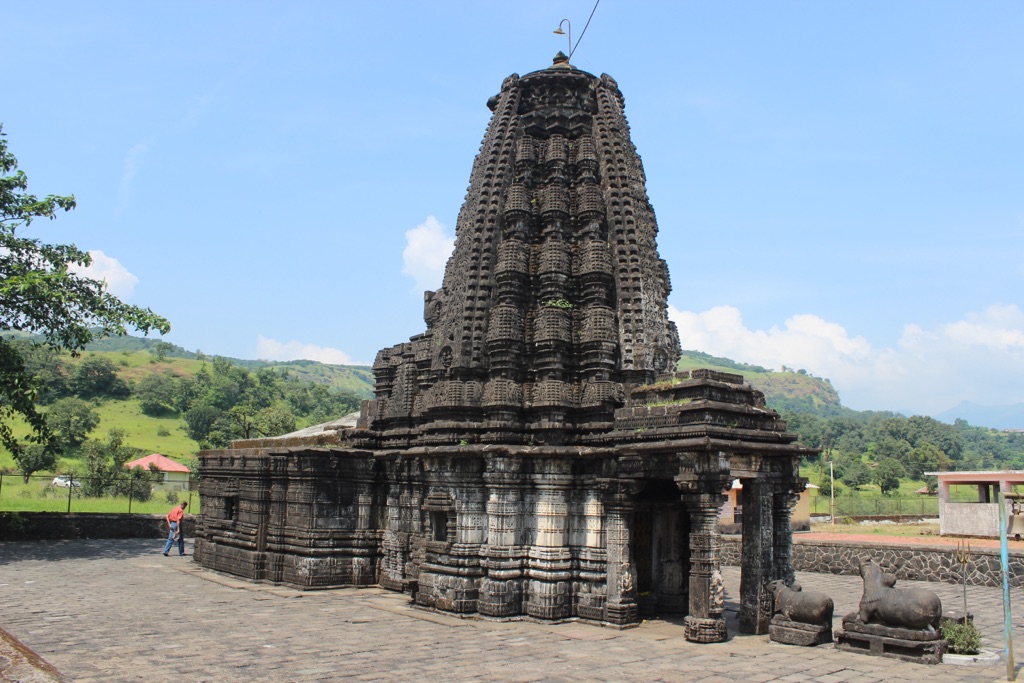
Amruteshwar Temple
The Amruteshwar Temple, carved from black stone, stands as a testament to the architectural prowess of ancient India. Nestled in the village of Ratanwadi, it is a prime example of the early Hemadpanti style, named after Hemadri, also known as Hemadpant, a minister during the Yadava Dynasty. This temple, dedicated to Lord Shiva, is over 1,200 years old and is known for its intricate carvings and elaborate design. It is part of the Kalsubai Harishchandragad wildlife sanctuary and sits at the base of the Ratangad fort. The temple is a popular destination for both pilgrims and trekkers, offering a blend of spiritual and natural beauty.
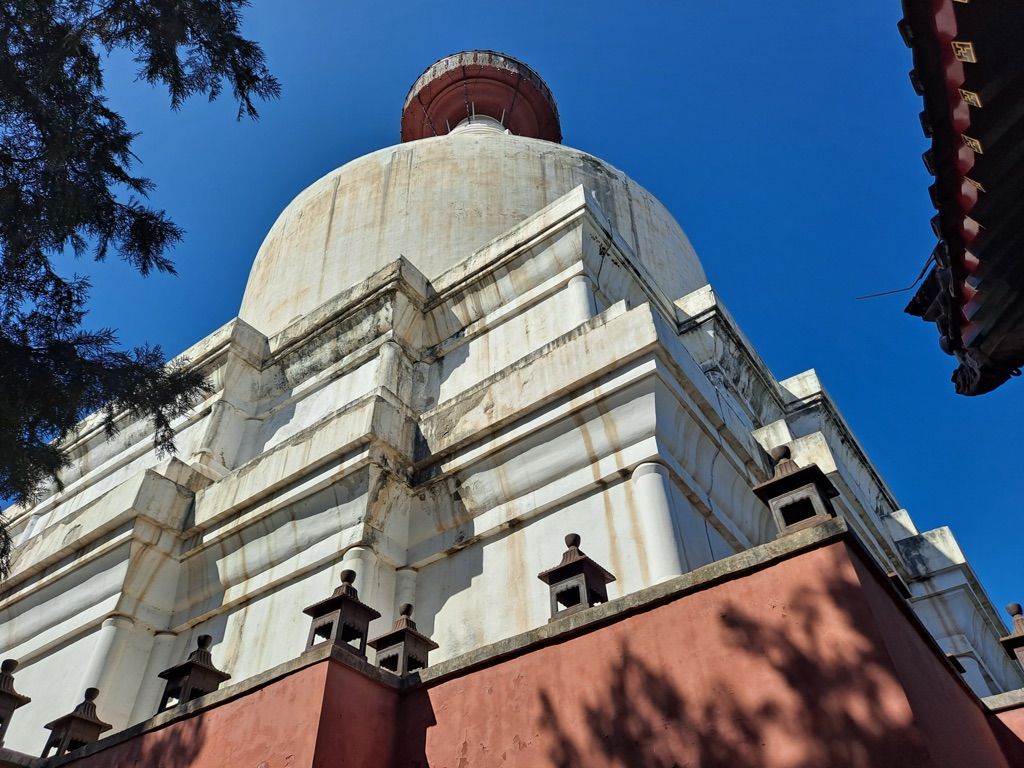
Miaoying Temple
The Miaoying Temple, also known as the White Stupa Temple, is a historical marvel located in Beijing, China. It’s renowned for its striking white stupa, which stands as a testament to the architectural prowess of the Yuan Dynasty. The temple has a rich history, having been built under the patronage of Kublai Khan, the founder of the Yuan Dynasty and the grandson of Genghis Khan. Over the centuries, it has been a site of Buddhist worship and cultural exchange, reflecting the diverse history of Beijing itself.

